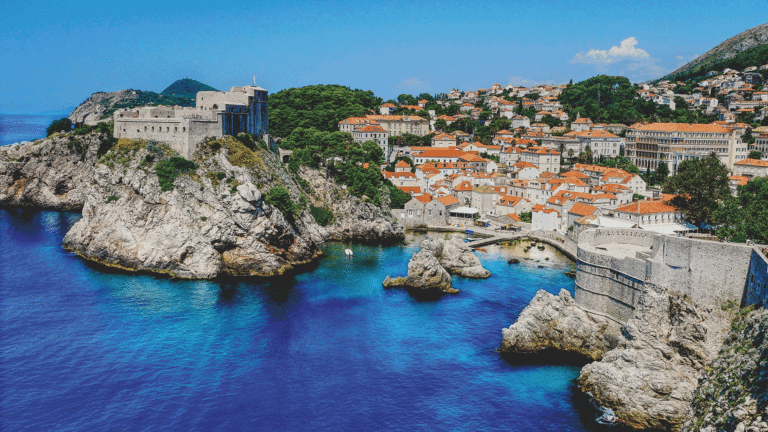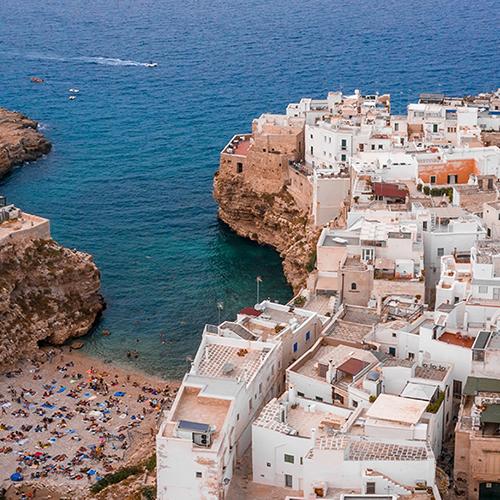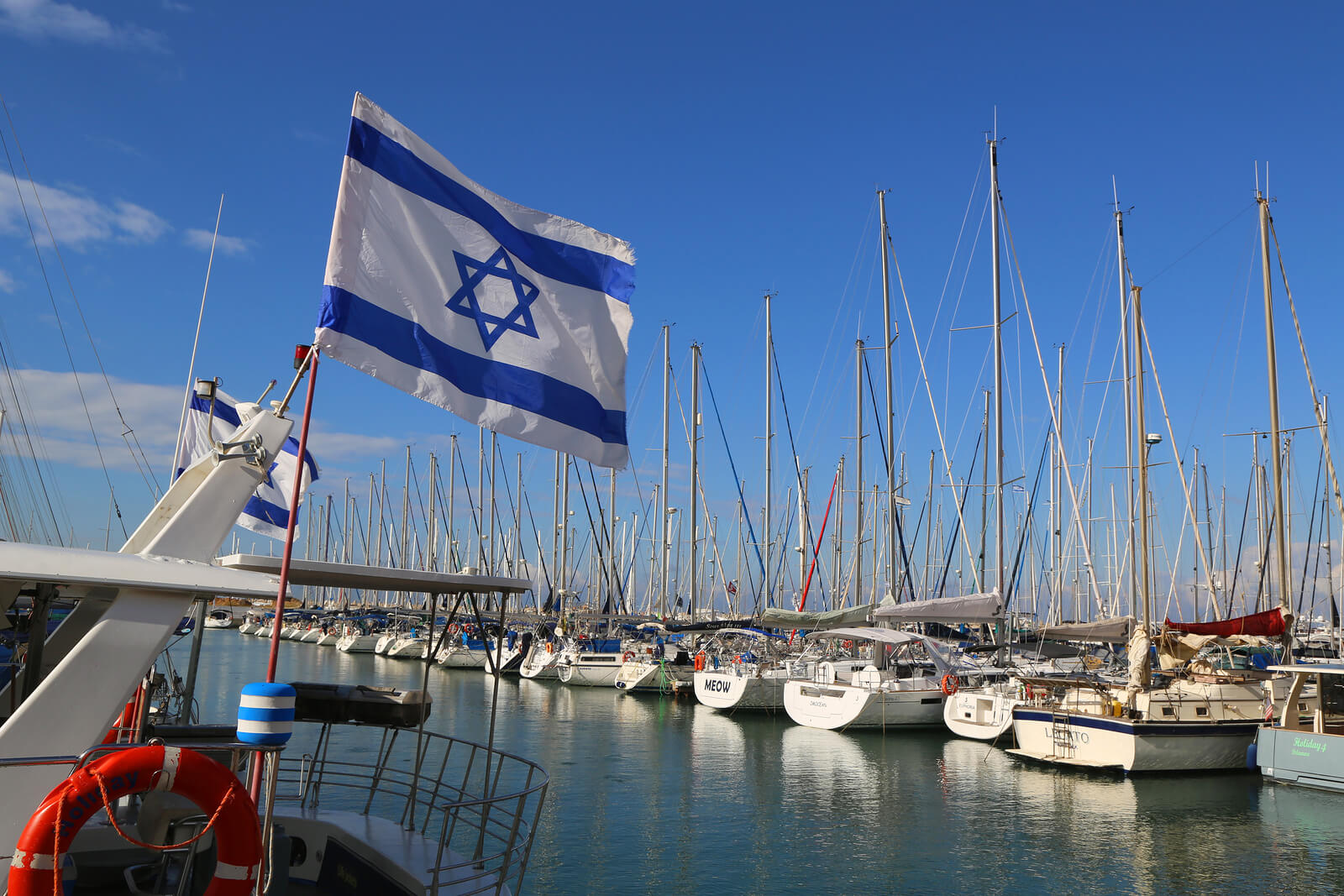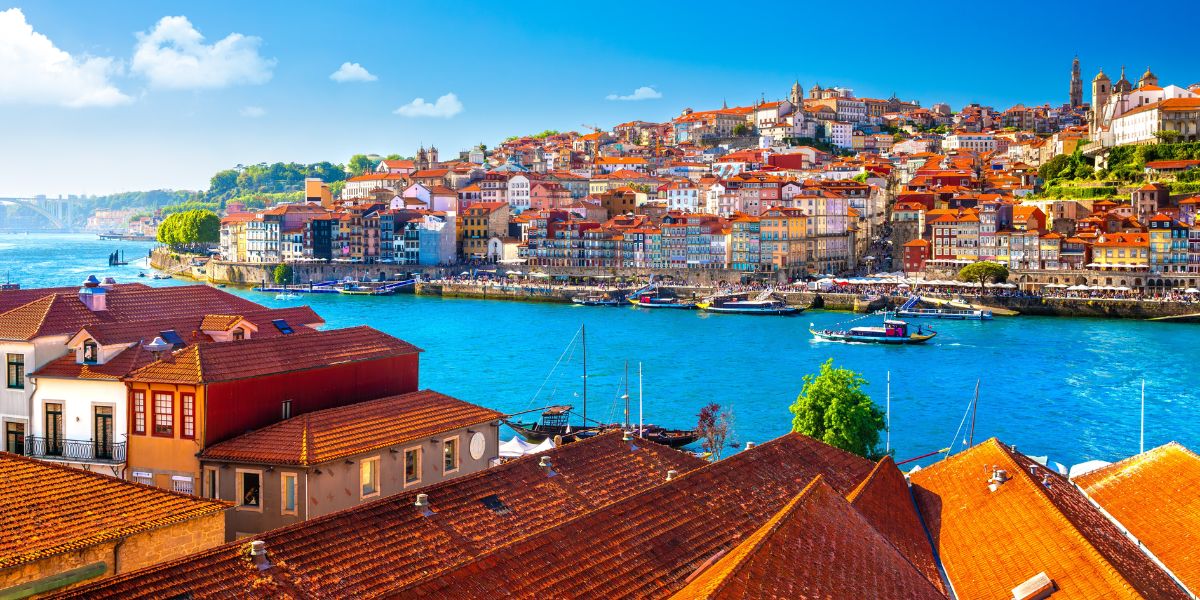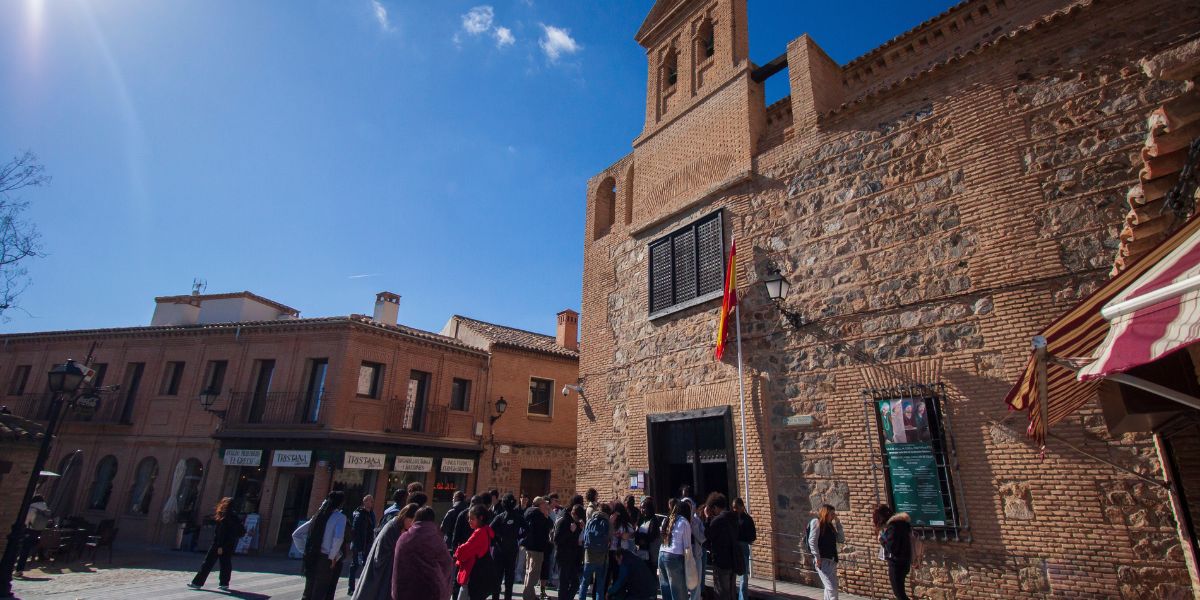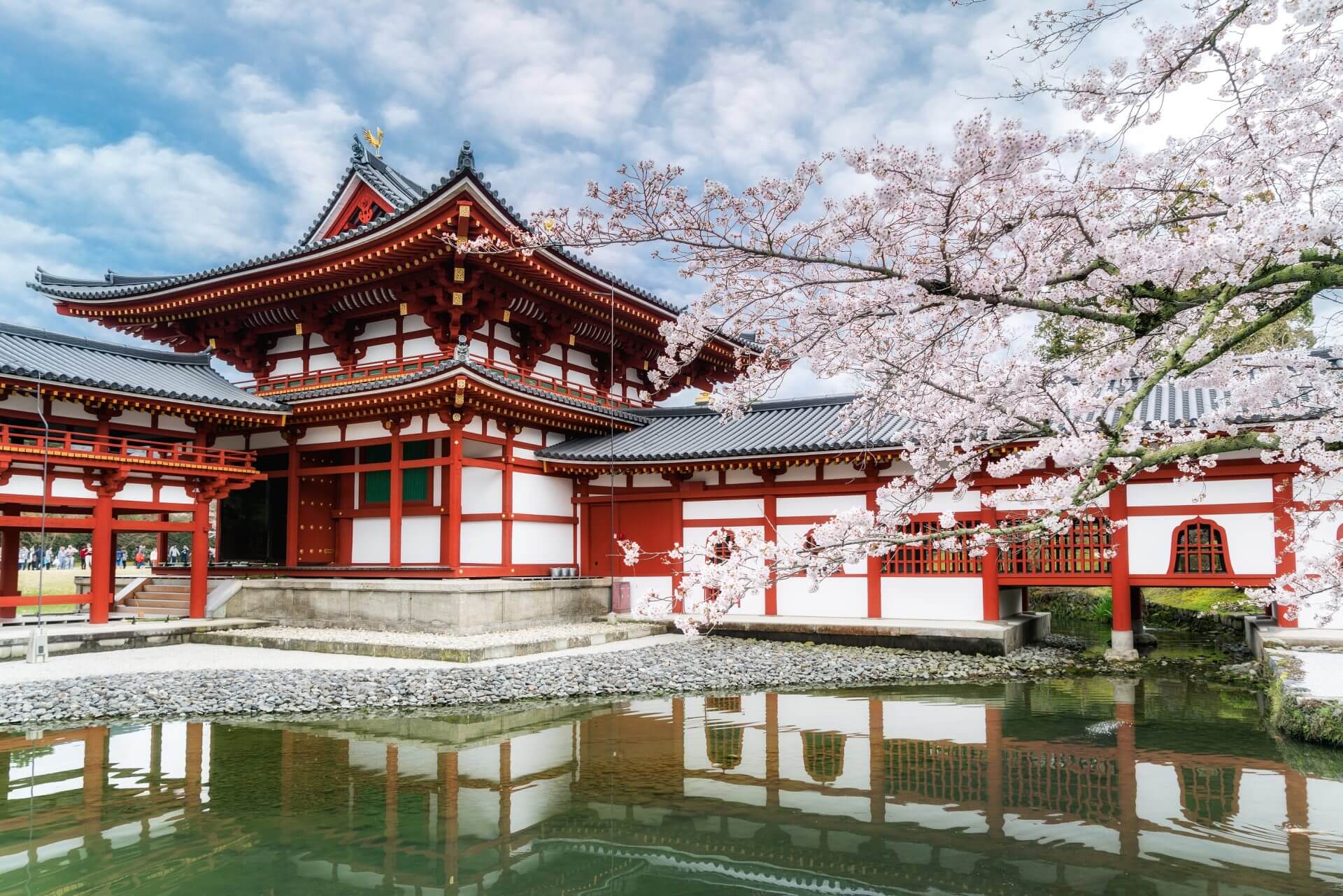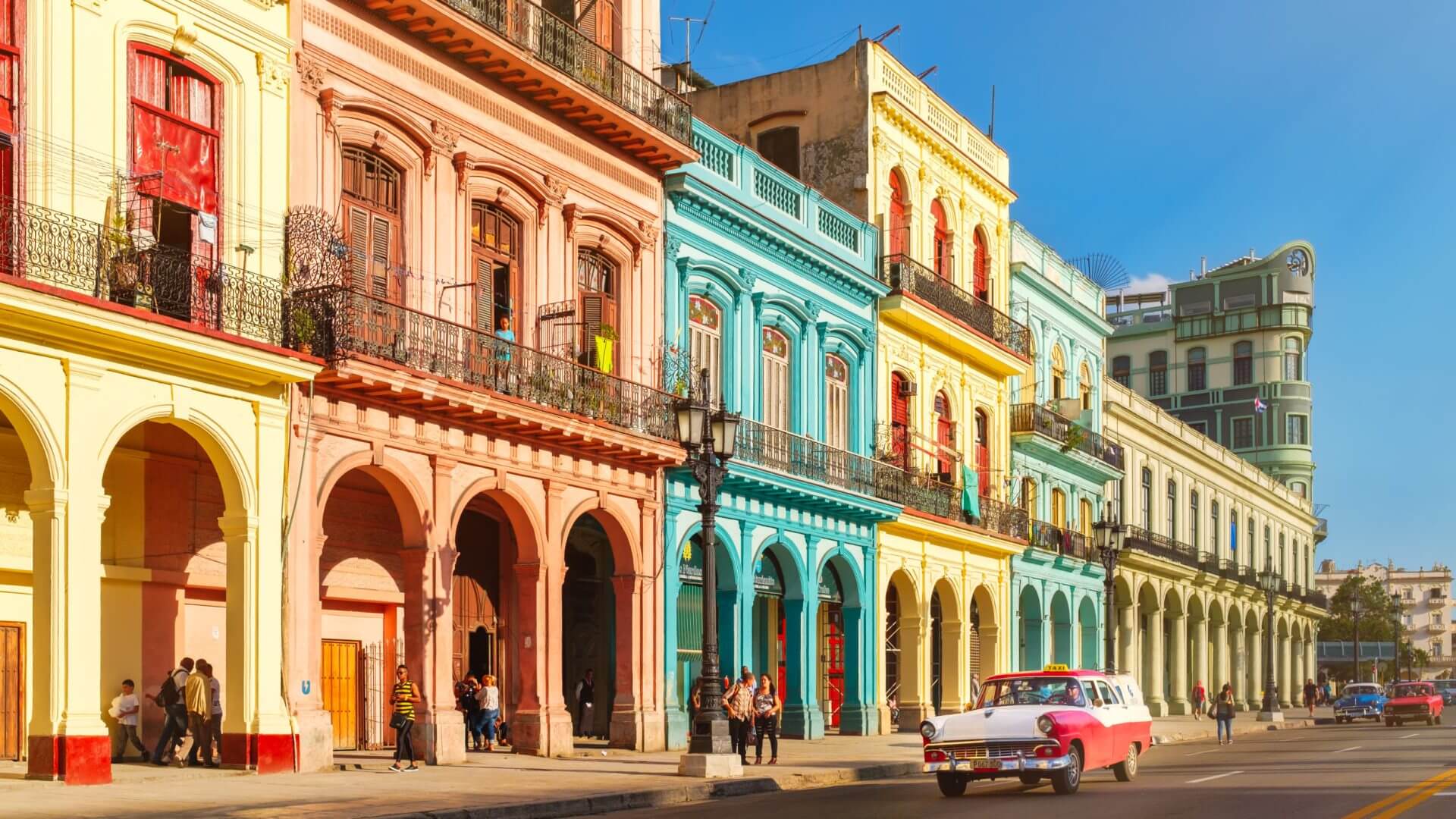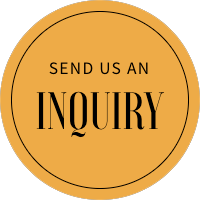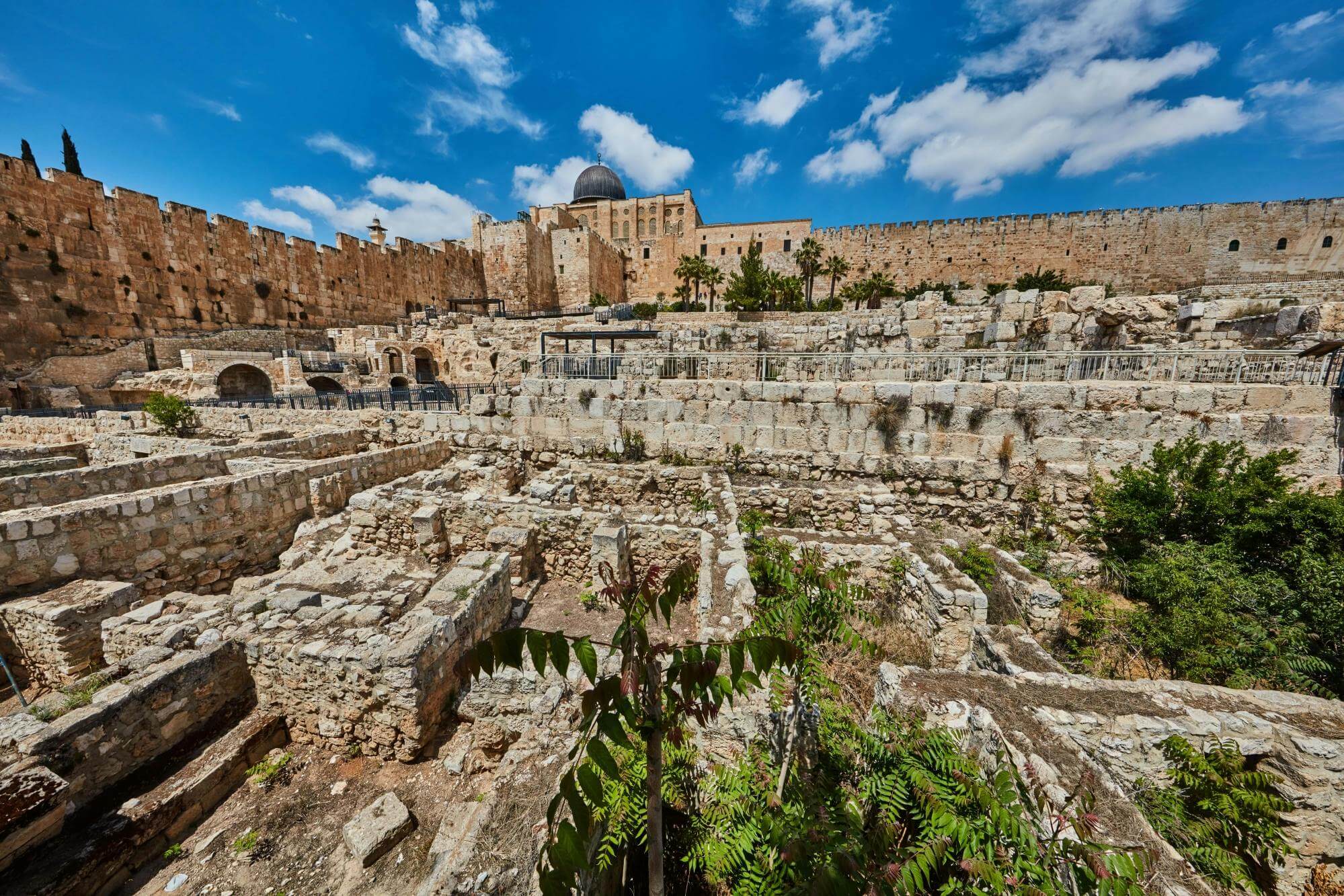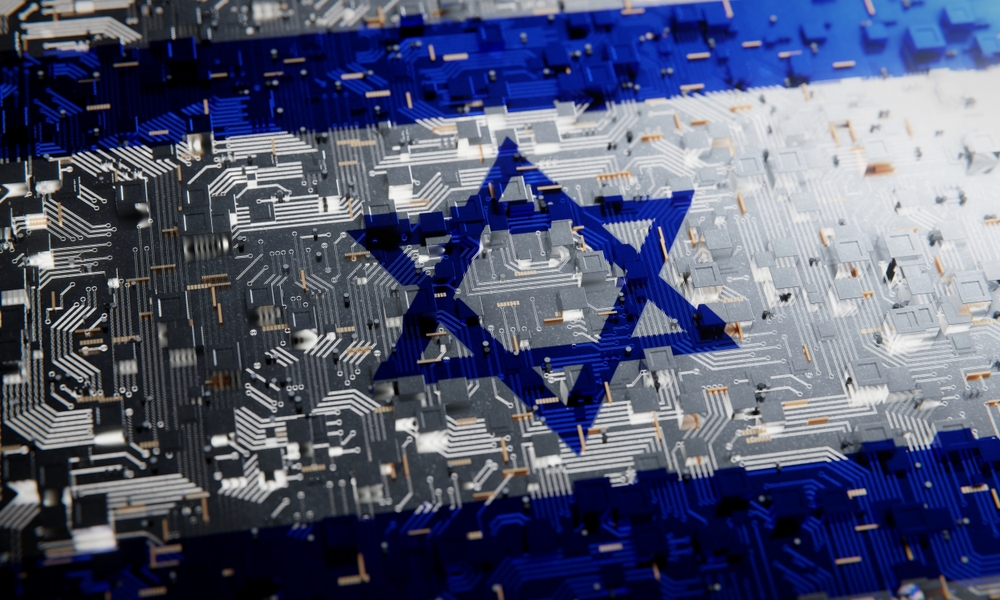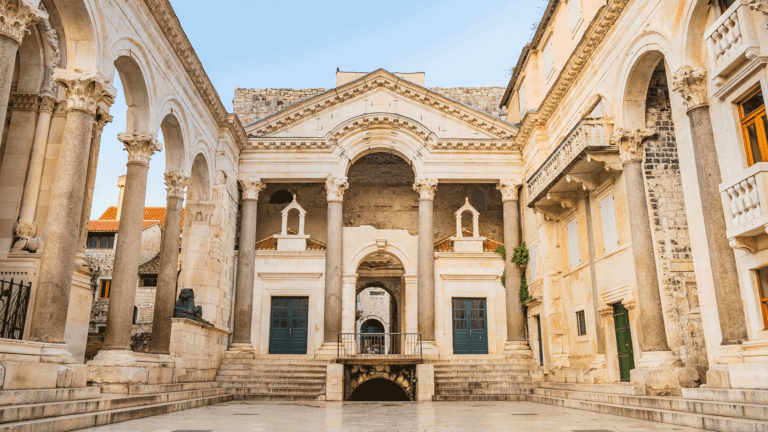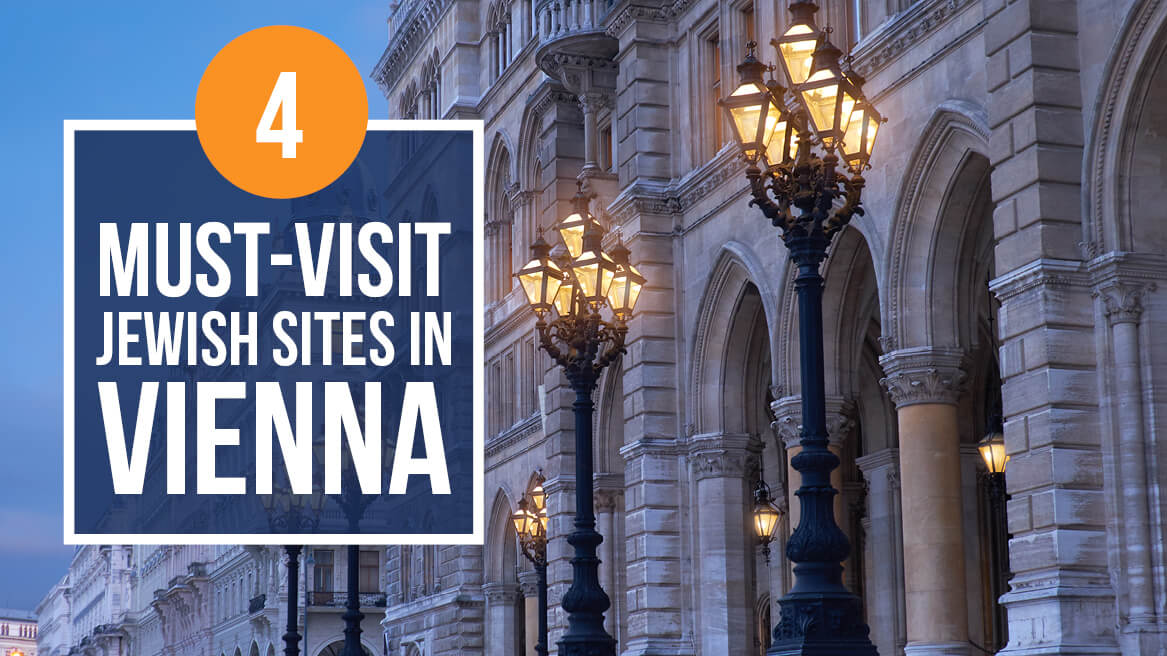
Vienna is one of Europe’s great cities. The historical capital of the Austro-Hungarian Empire is now the capital of Austria. The city straddles the Danube river and is renowned for its beautiful architecture, high culture, cuisine and art. There have been Jewish communities in Vienna since the 12th century and Jewish culture in Vienna reached a peak during the Restoration of the 19th century.
Jews enjoyed even greater freedom and opportunities to assimilate following the collapse of the Habsburgs after World War One. The opportunity to live as full members of society was short lived. Austrian anti-Semitism grew concurrently with its German counterpart and Austrian Nazis aggressively attacked Jews. In March 1938, Hitler seized Austria. Vienna’s Jewish neighborhood became one of the first targets for organized violence and repression, culminating in the Kristallnacht pogrom.
Jewish communities in Vienna barely survived the Holocaust. Before World War Two, there were 201,000 Viennese Jews. By the end of the war, there were just 4,000.
Key Events in the History of Jewish Vienna
- 1196 A mob of Crusaders murdered a leading Jewish citizen Shlom (Solomon), who was Duke Leopold V’s mint master and financial adviser. 15 other Jews were also slaughtered.
- 1238 Emperor Frederick II issued a charter of privileges giving the Jewish community in Vienna a new formal status with considerable autonomy and rights.
- 1420 Albert V issued the Vienna Decree, leading to a wave of persecution, forced baptisms and then mass executions of Jews.
- 1624, Emperor Ferdinand II confined Jews to the Ghetto. Conditions were eased a decade later and Jewish culture in Vienna began to thrive. Two noted rabbis of the period were Yom Tov Lipman Heller, and Polish refugee Shabbetai Sheftel Horowitz.
Despite official anti-Semitism during the reign of Maria Teresa, conditions steadily improved in the following centuries. Influential Jews like Samuel Oppenheimer, Samson Wertheimer, and Baron Diego Aguilar engaged in diplomacy and philanthropy to improve conditions for Jews across the Empire.
1848 saw the start of the Jewish Renaissance in Vienna. Jews prayed in the splendid Stadttempel synagogue, participated in civil life, and received full citizenship in 1867. Jewish culture in Vienna encompassed science, literature, the arts and religion, producing famous thinkers and artists like
Sigmund Freud, Theodor Herzl, Gustav Mahler, Martin Buber, and Arthur Schnitzler.
Visiting Vienna and Vienna’s Jewish Neighborhood
There have been Jews in the capital of Austria for nine centuries. The communities have formed and grown here, built their synagogues, houses, buildings, schools, and hospitals, and taught their children about Jewish culture and tradition for generations. The area in Vienna that was inhabited by this community is known today as Judenplatz (Jewish Square), and it has a great historical significance that you can learn about by visiting it. At the turn of the 20th century, Vienna became one of the greatest centers of Jewish culture on the continent, but during the Holocaust, the community was almost annihilated. However, their resilient nature helped them to slowly recuperate after the war and reestablish their homes in this metropolis. Let’s see four of many old and new sites you ought to visit if you wish to learn about Vienna’s Jews.
Jewish Museum
One of the best first stops of knowledge is a museum. There is actually a new Jewish museum, opened in 1988, but the first Jewish museum in the world to speak of the history, culture and tradition of the Jews who lived in the Austro-Hungarian Empire was opened right here, in Vienna, in 1896. It had a tough history, as it was closed in 1938, with more than 3,000 items it had once housed given to a number of institutions, including the Museum of Ethnology and the Natural History Museum. Luckily, in the 1950s, these institutions returned most of the items to the Viennese Jewish community. Today, you will find the Jewish Museum on two locations – in the above-mentioned Judenplatz and in the Palais Eskeles in the Dorotheergasse. It’s a brilliant first stop, as it will give us a wonderful insight into the community’s past, but also their present.
City Prayer House
Next up is the famous, breathtaking and luxurious City Prayer House, also known as Stadttempel. We absolutely can’t miss seeing this main synagogue, once the pride of Vienna’s Jewish neighborhood, which was opened in 1826. It’s important to note that this Viennese historical monument survived WWII as the only synagogue, when 93 other synagogues and houses of prayer were completely destroyed. Stadttempel was damaged, but Nazis couldn’t destroy it without destroying the buildings around it due to an interesting feature: the synagogue was fitted into a block of other houses. What ironically ended up saving it was a discriminatory edict according to which only Roman Catholic houses of worship were allowed to be seen from the public streets. The synagogue was designed in the oval shape, in the Biedermeier style, and it had to be restored several times over the years, with some ornamentation added as well, which will certainly mesmerize you.
Hrdlicka Memorial (Memorial against War and Fascism)
Now we will make our way to Albertinaplatz, home to a number of famous sites, including the Albertina Vienna Museum and the Vienna State Opera. However, we’ll also find here a memorial, set up in 1988, which was dedicated to the victims of wars, fascism, and anti-Semitism, built to show to all who visit it the humiliation, degradation, cruelty, and suffering faced by people daily under the foot of fascism in Austria in the WWII era. It was created by Austrian artist Alfred Hrdlicka, and we’ll see several sculptures here, such as a bronze sculpture depicting a hunched-over figure representing a Jewish person, who is humiliated by the Nazi and forced to wash anti-Nazi graffiti. There is also ‘Orpheus Enters Hades’, dedicated to the victims of bombings and to those who were killed for their resistance to National Socialism, as well as two white marble blocks called the ‘The Gates of Violence Monument’, honoring all victims of the Nazi regime.
Shoah Memorial
However, there are people who think that the Memorial against War and Fascism doesn’t do justice to Vienna’s Jewish community. They found that the bronze figure of a Jewish person is offensive, and a new Holocaust memorial, also known as the Nameless Library, has been built in Judenplatz in 2000. This is our final stop, where we’ll find a concrete and steel construction, resembling shelves in a library, but with the spines of the books facing inwards, rather than outwards. However, the titles and the contents of the books are hidden from our eyes. These volumes represent the victims of the Holocaust, with the names of the places where they were killed engraved in the memorial. Additionally, we’ll also see here a statue of German writer Gotthold Ephraim Lessing, a carved relief, and several engraved texts, all dedicated to the Jewish community in Vienna and those who’ve tragically lost their lives in the war.
Regardless if you are on a Jewish heritage tour, if you are a Jew yourself or of Jewish descent, or you just want to learn about Vienna’s Jewish community, these are the places that will certainly give you insight into its long and painful past, but also its revived present.
